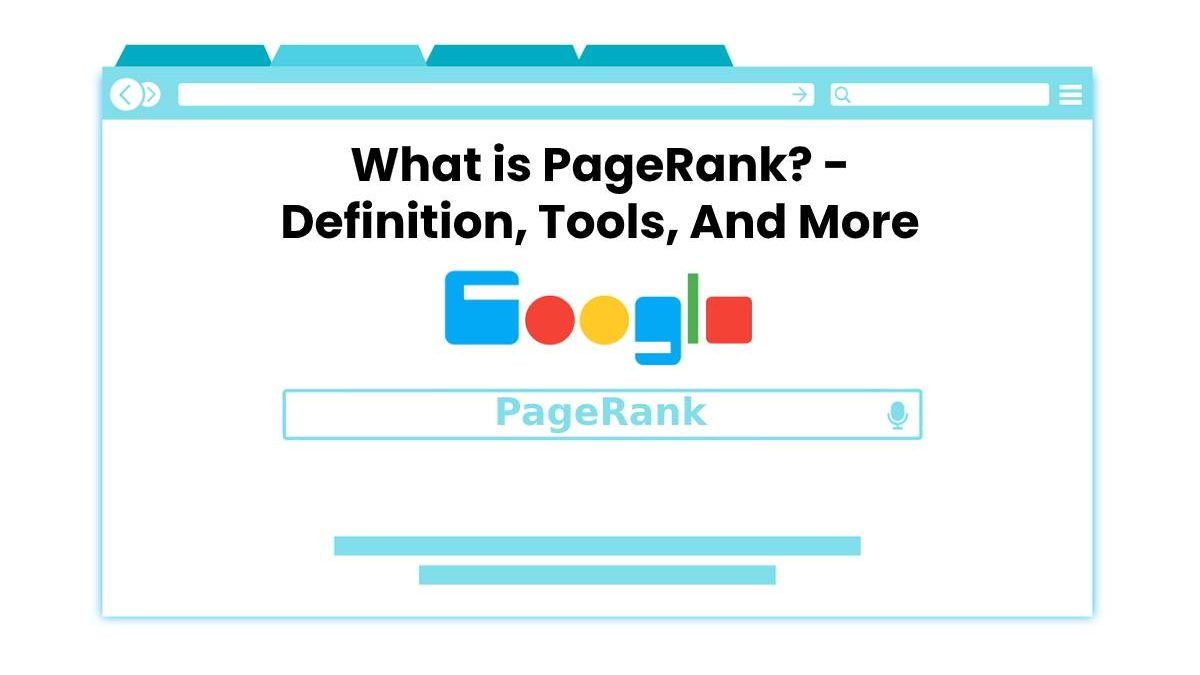Table of Contents
Definition PageRank
PageRank is a brand of Google for algorithms through which they assign a position to web pages in your search engine. These algorithms work according to a predetermined mathematical formula. The number of links each page receives and the value of their content, among others, are criteria set by Google, which are private.
Also read: A Step by Step Guide to Setting Up Amazon CloudSearch (With Examples)
Prioritizing for quality to improve Pagerank
When we refer to the value of the content of the links that web pages receive, we are talking about a rating assigned by Google to measure whether a page is relevant or not.
It is how a website that receives multiple links with a proper evaluation will enter one of the top positions in the Google ranking. Therefore, PageRank will be remarkable.
The objective of improving PageRank should focus on getting more traffic and establishing new and better business relationships. For this, we must be careful with factors such as aesthetics, SEO, and content. Each quality backlink represents for Google a vote of confidence towards an internet page. It is also called link building.
Quality also refers to the fact that they must be 100% related links, that is, links that have a thematic relationship and that their contents are significant for their sector. Therefore do not forget that a good content marketing strategy is essential to achieve it.
Different specialized calculators are used to determine the PageRank of a website. Each of them indicates the assessment that Google has given to our website. 0 is the lowest score given to pages that have been penalized or have not yet evaluated, and ten the highest value, which only have sites like YouTube or Google.
Spam banned to improve it
When Google detects duplicate texts on the Internet, it penalizes the pages involved because this is considered low-quality content. If a page has a high number of inbound links with content that does not meet the standards, it receives a sanction.
It explains that although having a high number of inbound links is essential, it is not all you need to achieve a positive evaluation. Do not forget that if you want to improve PageRank, you should not buy links to your site.
Tools to upload it
Since quality is a fundamental point to obtain a privileged position in the Google ranking, tools such as Moz.com, www.semrush.com, and OpenSiteExplorer are handy. These companies specialize in SEO positioning and quality link analysis. Both tools listed might be too pricy for a company with a small budget, but luckily there are free page rank checker tools available.
Another tool that you can use is Website Page Rank Checker by Sitechecker. This tool will help you check the Page Rank of your website or a specific page and perform a detailed audit. This audit will help find all the problems that affect it. After the audit, you will also receive a list of tips for solving all the problems found.
If my PageRank is high, can I put aside the SEO strategy?
Even if a web page has a high rating, the aspects that SEO takes care of, such as the titles. And, of course, the keywords are still vital for proper positioning.
Over time, Google has bet more on visual quality. And content than on the number of links that point to the pages. It is because of many web pages used as a strategy for the purchase of links with a high PageRank.
The goal of Google is that pages occupy the first place in its ranking with a good reputation. It does not rank those that have purchased the highest number of backlinks.
How to improve PageRank?
It is essential to evaluate it first to know where you are. For this, there are several free sites such as My PageRank or PR Checker. The next thing is to avoid any infraction that generates penalties. The most important thing is to remember that the bet goes for the reputation and quality of the content. Please note that it is not because of the popularity of the website.
Remember that a good content marketing strategy is essential if you want to improve the page rank.
Also read: What is Cloud Architect? – Definition, Role, Responsibilities And More

